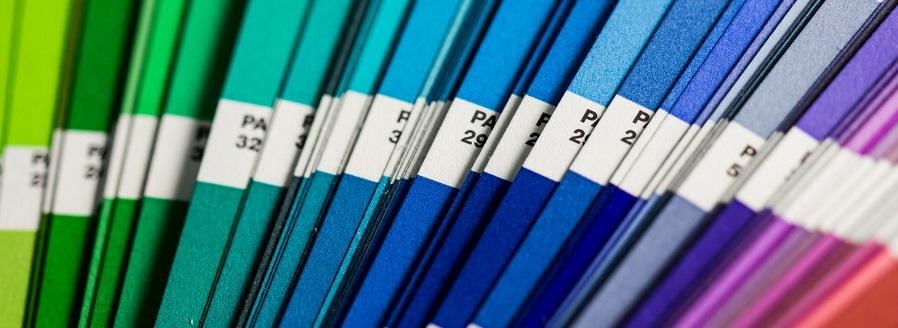
Classification of books in the Haddon Library
If you are curious about how we classify our books and arrange them on the shelves, this page explains the classifications systems that we use in the two main rooms of the library, the Reading Room and the McBurney Room, as well as our locked storage rooms.
- These classification schemes were developed a long time ago and therefore organise knowledge in ways that are often considered outdated today.
- We are aware of the dominant discourses that our classification schemes centre and the many resulting gaps or silences that such schemes produce.
- We recognise that our classification schemes are complicit in perpetuating structural inequalities and that this is problematic and offensive.
Along with the wider library community at Cambridge and beyond, we are engaging in discussions about how to remove such embedded discrimination from our classification schemes. Further information is available on the Cambridge Decolonising through Critical Librarianship site and the Cambridge University Libraries Decolonisation Working Group page. Please get in touch if you would like to discuss changes to classification schemes further.
All of our collections can be searched for using the University's iDiscover search and discovery website.
Books received after 2017
Library of Congress classification scheme
Since 2017, all newly acquired books have been arranged according to the Library of Congress classification scheme. They are kept, for the most part, on the bookshelves to the left-hand side of the main Reading Room as you enter the Library from the entrance lobby area.
Books dealing with the archaeology of Ancient Assyria and Egypt are kept in Bay 123 of the McBurney Room. Simply turn right as you enter the McBurney Room and head towards the wooden shelves on the far wall - Bay 123 is next to our acoustic booth.
Books received before 2017
Bliss classification scheme
Most of the books in the main Reading Room are arranged according to the Bliss classification scheme. This uses letters such as LAA for archaeology and KU for anthropology.
Ancient Near East classification scheme
Most of the Assyriology and Egyptology collection, in the McBurney Room, follow the Ancient Near East classification devised before that collection was transferred into the Haddon in 2012.
|
100-199 |
Egypt, Nubia, Sudan |
|
200-399 |
Egyptian literature |
|
500 |
Graeco-Roman world: general history |
|
540 |
Nubia: language, grammars & dictionaries |
|
600-610 |
Assyria, Mesopotamia |
|
620 |
History of western Asia |
|
650-690 |
Archaeology and art of western Asia |
|
700-770 |
Ancient language and literature of western Asia |
|
(Note the small Assyriology reference collection shelved out of sequence in bay 50) |
|
Sayle/Fegan classification scheme
Finally, a few of the books in the main reading room, and more in the locked areas, follow the Sayle/Fegan classification scheme drawn up in the 1920s. This uses numbers (e.g. 78 for Scotland).
|
1-197 |
Europe |
|
198-249 |
Pacific, including Australia and New Zealand |
|
300-399 |
The Americas |
|
400-450 |
Africa |
|
500-599 |
Anthropology |
|
600-699 |
Archaeology |
|
840 |
Museum Studies |
If in doubt, please ask a member of the library team who will be happy to help you find what you need.
